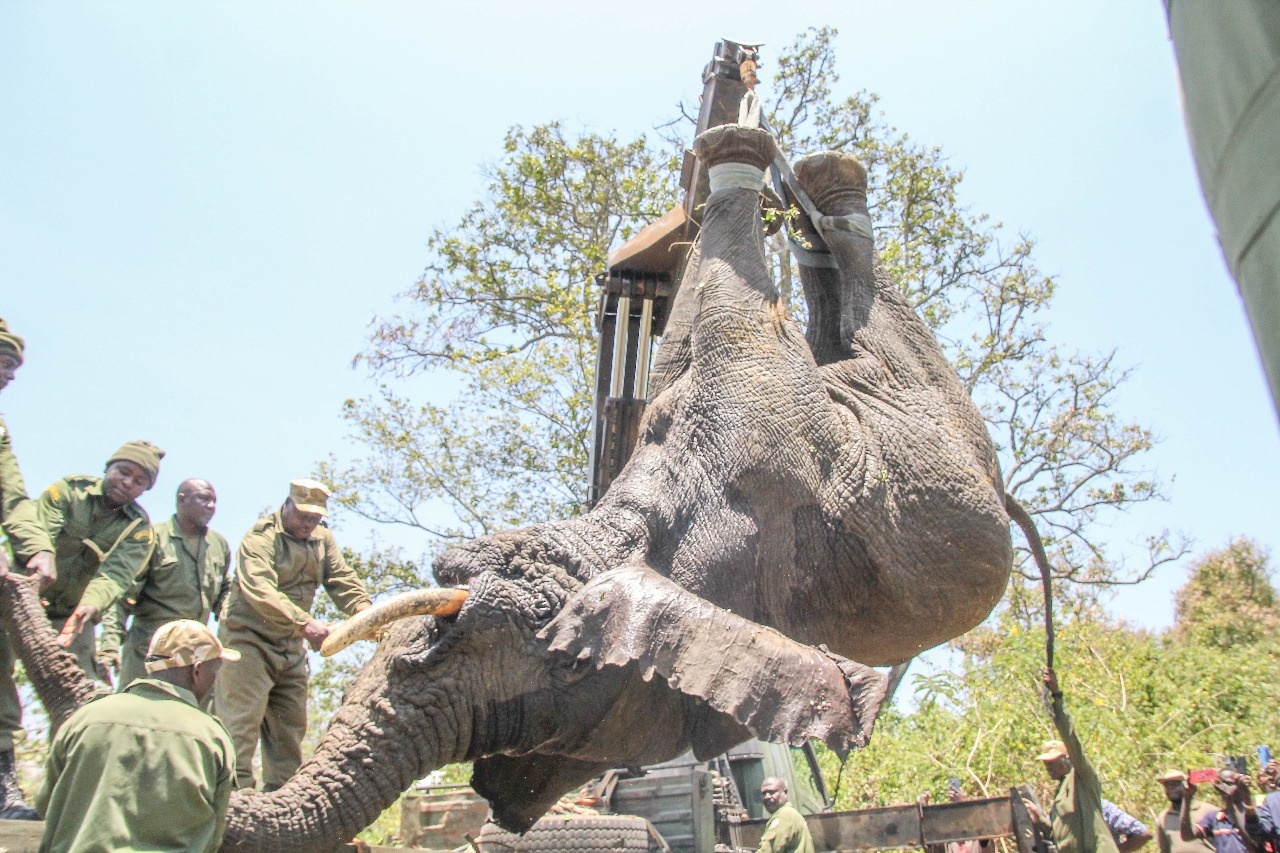For generations, the communities of Northern Kenya have lived side by side with wildlife not as rivals, but as guardians of a shared ecosystem.
Our herders watered their cattle by day and, out of kindness, left the troughs filled so that elephants, zebras, and giraffes could drink at night. In the vast silence of the savannah, coexistence was not a slogan it was a way of life.
Yet today, a troubling narrative is being spun across our counties that local communities are turning against wildlife, poisoning warthogs, and slaughtering giraffes for meat.
This is a distortion of truth, a mischief crafted by opportunistic actors parading as “conservancies.”
A Conservation Mirage
These briefcase conservancies, many of which appeared overnight, are driven not by the love of nature but by the lure of donor funds. They hold no meaningful connection to the land, no accountability to the people, and no understanding of the centuries-old relationship between herders and habitat.
They have mastered the art of storytelling projecting the community as villains and themselves as saviours, all while creating resentment and division on the ground.
Since their arrival, reports of animal killings have curiously increased. How can a people who have for generations shared water with the wild suddenly become its enemy?
Faith and Culture Forbid Cruelty
Our people are guided by both culture and faith. Islam forbids the aimless killing of any living being. A herder who harms wildlife is reprimanded by elders, his actions condemned as shameful and sinful. The pastoral code of honour values life human or animal as sacred.
Thus, when outsiders claim that pastoralists have turned
into poachers, they insult an entire moral tradition and erase centuries of
environmental stewardship.
Time for Accountability
The Kenya Wildlife Service (KWS) and the Ministry of Tourism and Wildlife must now rise to the occasion.
Let them investigate these emerging conservancies and the suspicious timing of increased wildlife deaths. Let them audit where the donor funds flow, and whether they reach the communities or simply grease the pockets of briefcase entrepreneurs.
True conservation cannot thrive through deceit. It must spring from community trust, shared benefit, and respect for local wisdom.
The Way Forward
We need a conservation model that honours both heritage and
habitat.
That means:
· Restoring genuine community-based conservation led by local elders, women, and youth.
· Ensuring that donor partners engage directly with verified grassroots initiatives.
· Protecting communal lands from being captured in the name of wildlife.
Northern Kenya’s people have always been nature’s allies. They need empowerment, not vilification; partnership, not persecution.
If this charade continues unchecked, it will not only destroy wildlife it will destroy the goodwill that has protected these species for centuries.
A Plea from the North
Let us not allow opportunists to divide what God created to live in harmony. For when trust between people and wildlife breaks, the wounds scar generations.
The giraffe and the camel have always shared this land in peace.
Let us ensure they always will
Haji Ahmed is Governance Expert and Community Advocate













